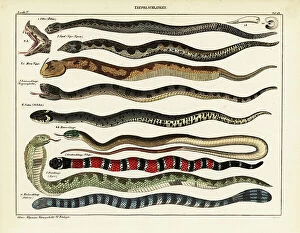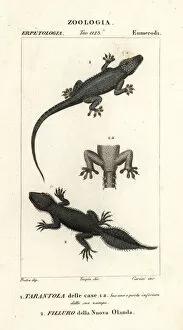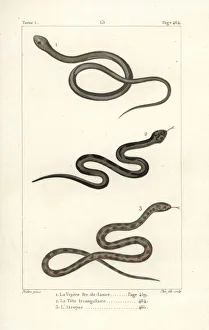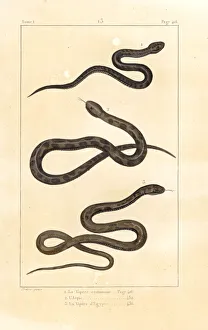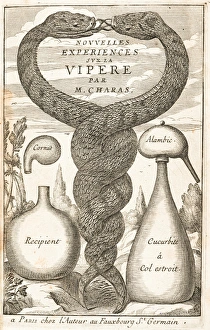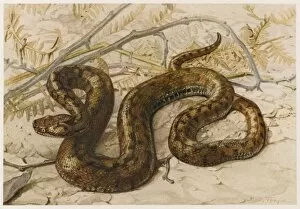Vipere Collection
Vipere, also known as the European adder, is a venomous snake species found throughout Europe and parts of Asia
All Professionally Made to Order for Quick Shipping
Vipere, also known as the European adder, is a venomous snake species found throughout Europe and parts of Asia. These elusive creatures are easily recognizable by their distinctive zigzag pattern along their backs and triangular-shaped heads. Despite their fearsome reputation, vipers play a crucial role in maintaining the balance of ecosystems by controlling rodent populations. Vipers are highly adaptable predators that can be found in a variety of habitats, from forests and grasslands to rocky outcrops and marshes. They rely on ambush tactics to catch their prey, which typically includes small mammals, birds, and amphibians. Their venomous bite delivers a potent cocktail of toxins that immobilize their victims before being consumed whole. Although vipers are generally shy and avoid human contact, bites can occur if they feel threatened or cornered. It's important to give these snakes plenty of space and respect their natural habitat when encountering them in the wild. Conservation efforts are underway to protect viper populations from habitat loss and persecution due to misunderstandings about their role in the ecosystem. Next time you spot a viper slithering through the undergrowth, take a moment to appreciate the beauty and complexity of these fascinating creatures. With proper education and conservation measures in place, we can ensure that vipers continue to thrive in their natural environments for generations to come.

